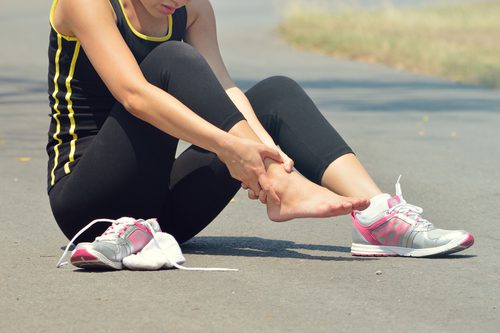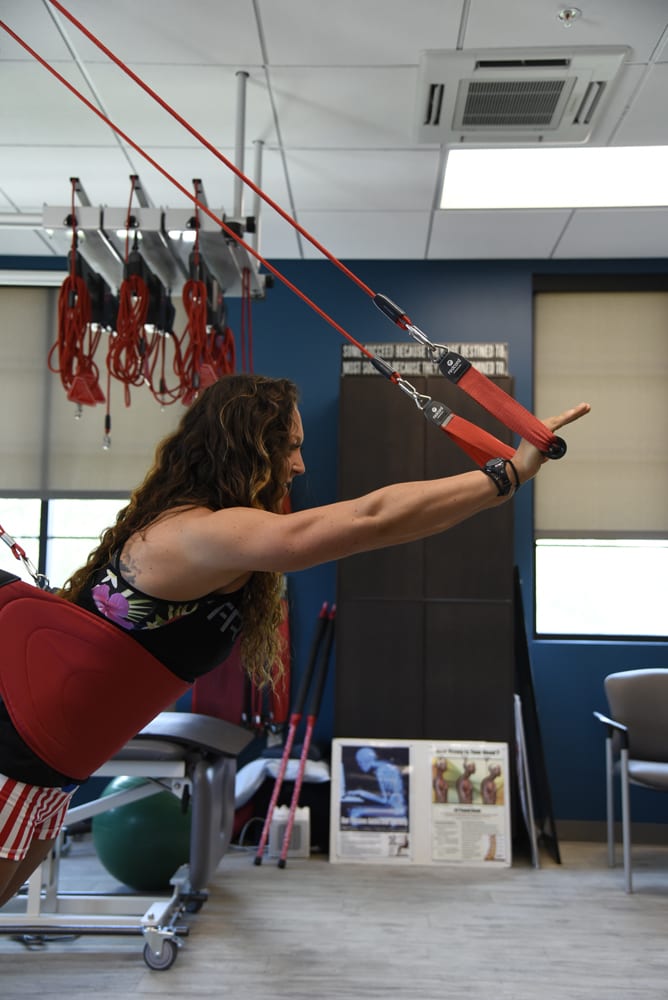Whether you are a young athlete or a middle-aged parent of teenagers trying to stay active, the concept of a recurrent injury may unfortunately resonate with you. A recurrent injury is defined as an injury to any region of the body that previously sustained the same injury.
How does a recurrent injury come about?
Recurrent injuries are commonly strains to muscle or tendon tissue, or sprains to the ligaments that connect bone to bone within the joints. These tissues are everywhere. We think of joints like ankles, knees, and shoulders, but the spine is a series of joints as well so you can easily strain or sprain tissues in your neck and back.

The cause of these types of injuries can be acute and traumatic like rolling your foot or falling on an outstretched arm spraining the ligaments in your ankle or shoulder. Or the cause can be repetitive use, poor sustained postures, or simple disuse creating imbalances in strength that lead to strain on the muscles, tendons, and joint capsules.
The prevalence of these types of injury is high, so you are not alone. An overwhelming 85-95% of all low back pain is “non-specific” meaning it is not usually associated with a specific identifiable anatomic pathology. Additionally, the incidence of “non-specific” neck pain is growing as we spend more and more of our day hunched over a computer and phone.

Why are recurrent injuries so hard to fix?
I bet you have had an injury that responded well to some rest and prescriptive exercises only to find in 6 months to a year, seemingly out of the blue, you experience this same injury again. Why does this happen? The short answer is incomplete healing. Ligaments unfortunately do not have a great blood supply, so they can be slow or incomplete in their ability to heal. Tendons that have been partially torn, too, are often weaker than before the initial injury. Finally, the muscle imbalance and postural strain that was there and possible led to the injury in the first place, unless corrected is going to contribute to repeat injury
What can be done?
Certainly, the best answer to a nagging recurrent injury is to prevent it in the first place.
We can prevent injury through:
- Appropriate progression of activity level. Ease into a new activity gently. See how your body responds and then add time, distance, and intensity.
- Ready yourself for the specific activity. This is more than stretching. If the activity requires jumping, running, angular motions, warm up with these specific challenges.
- Move often and stay strong all over. Don’t get into a rut and do the same activity all the time. Think of motion and exercise like your diet. Not healthy to eat the same 3 foods all the time. Not healthy to do the same 3 motions all the time. Mindfully mix it up.
But, if you are like millions of others who find themselves struggling with a recurrent injury, a combination structure and function approach works best. Regenerative Medicine can jump start your body’s own natural ability to heal, giving those ligaments and tendons another chance to regain structural stability.


And through addressing the underlying muscle imbalances, postural strain, and consistently giving your body a variety of motion challenges, you can stay in optimal function.

Michele Zink Harris
PT, CNP, RASDepartment of Physical Therapy
Center For Healing & Regenerative Medicine



